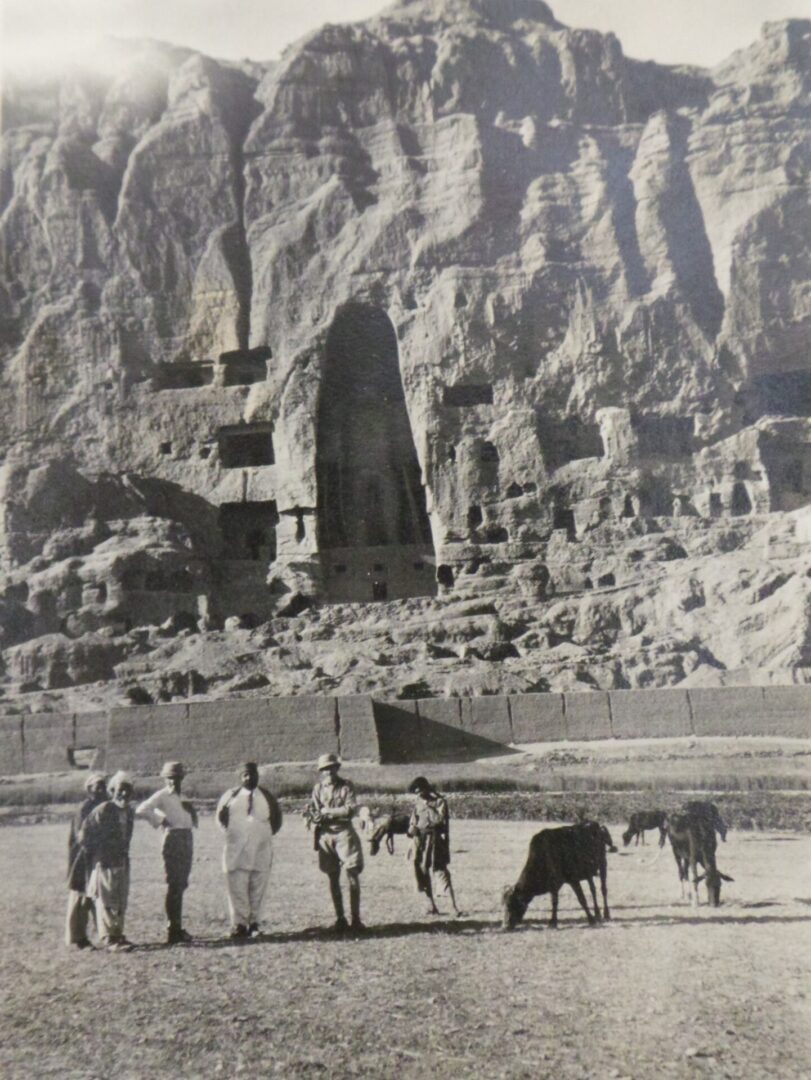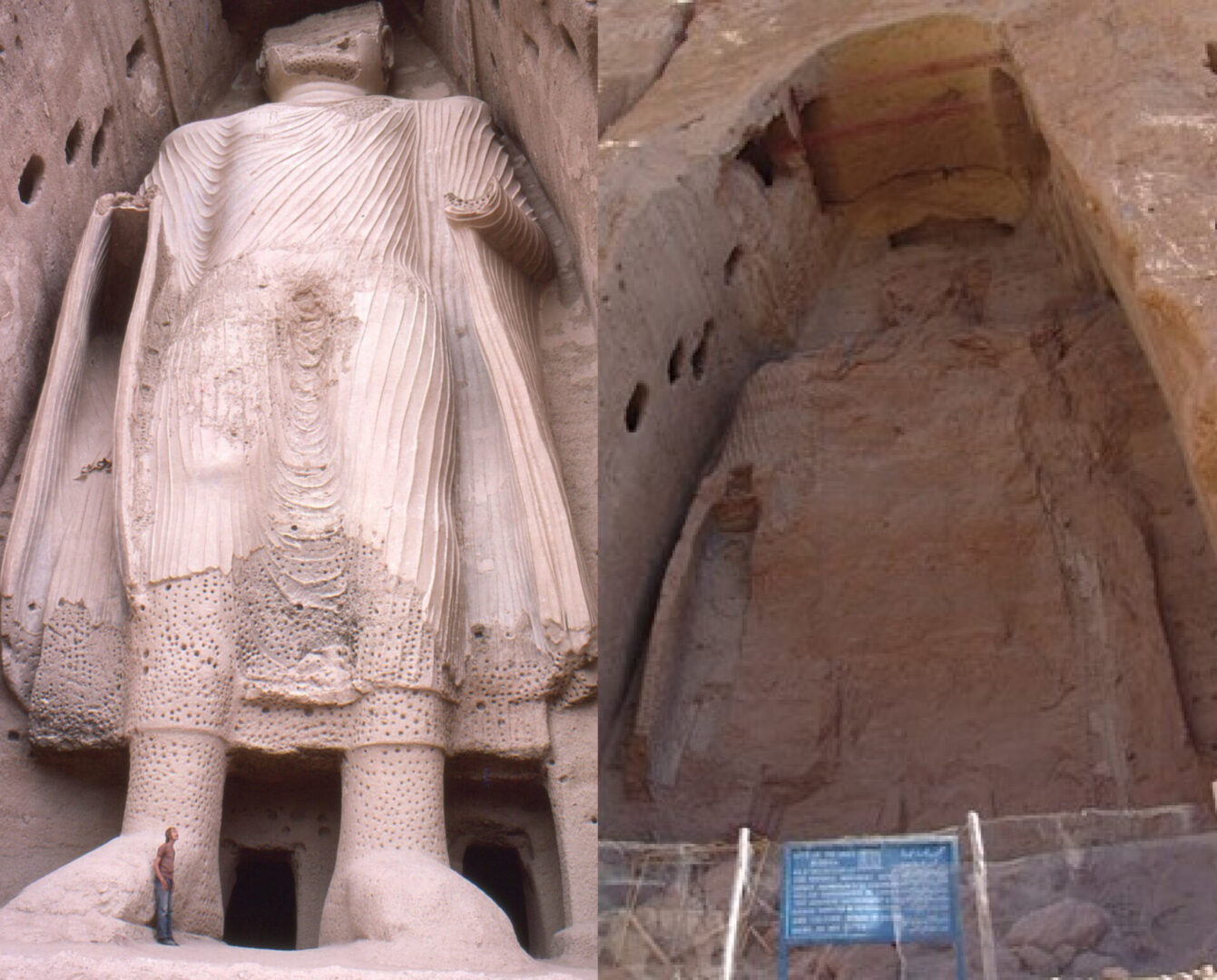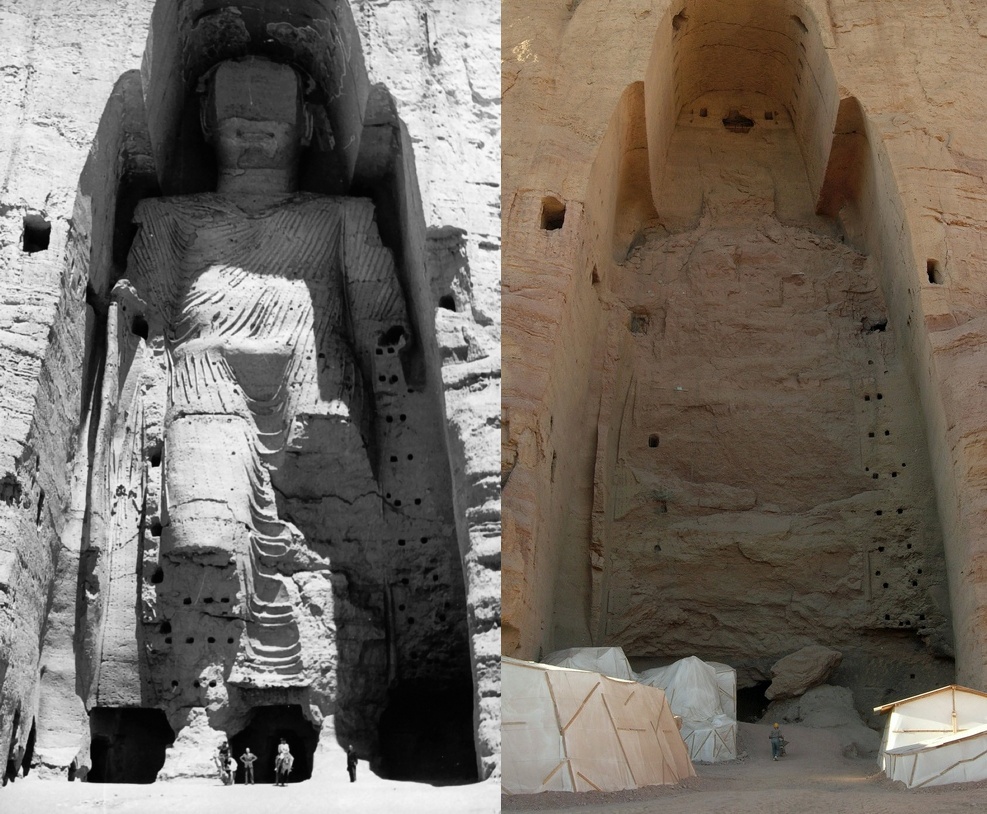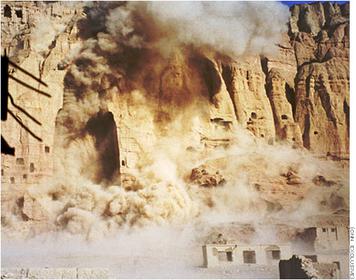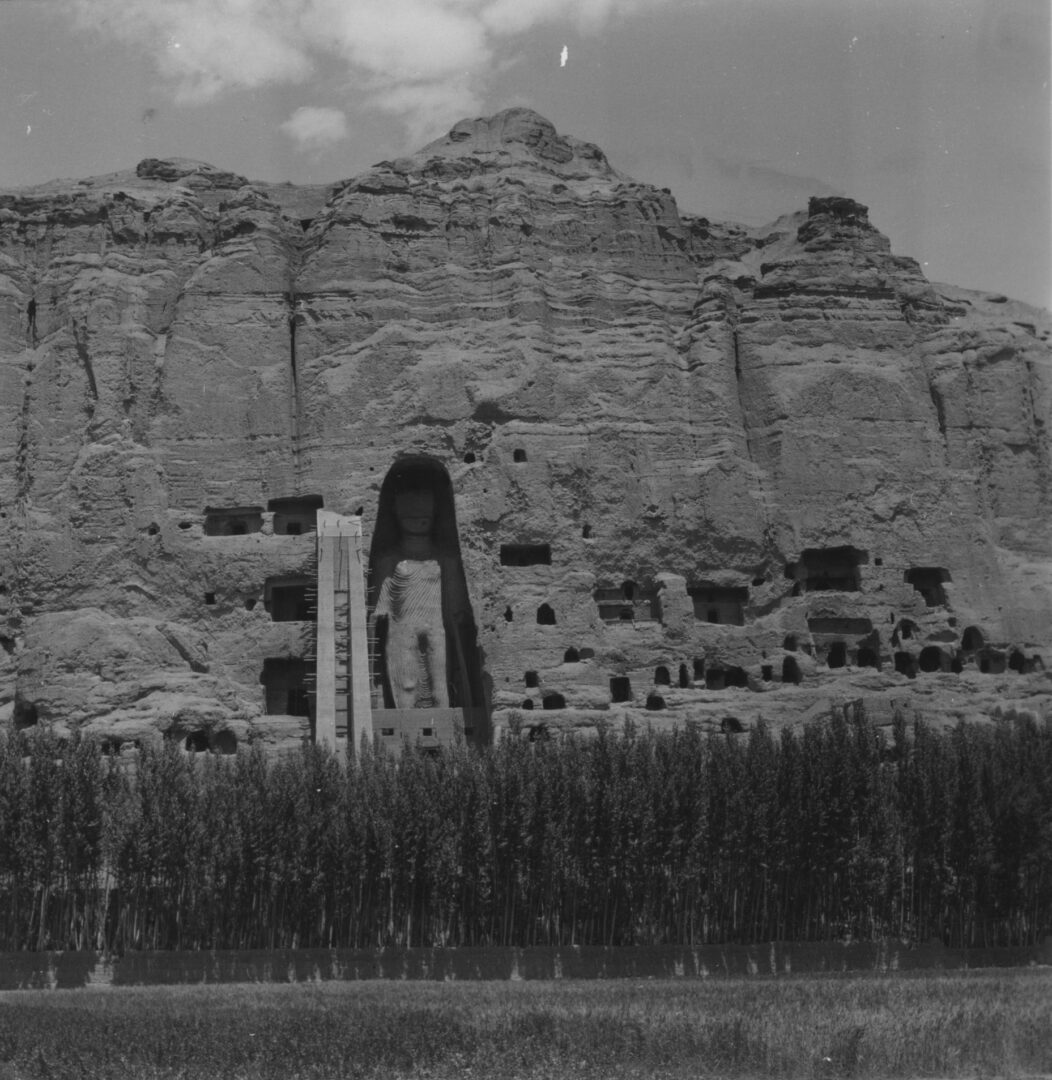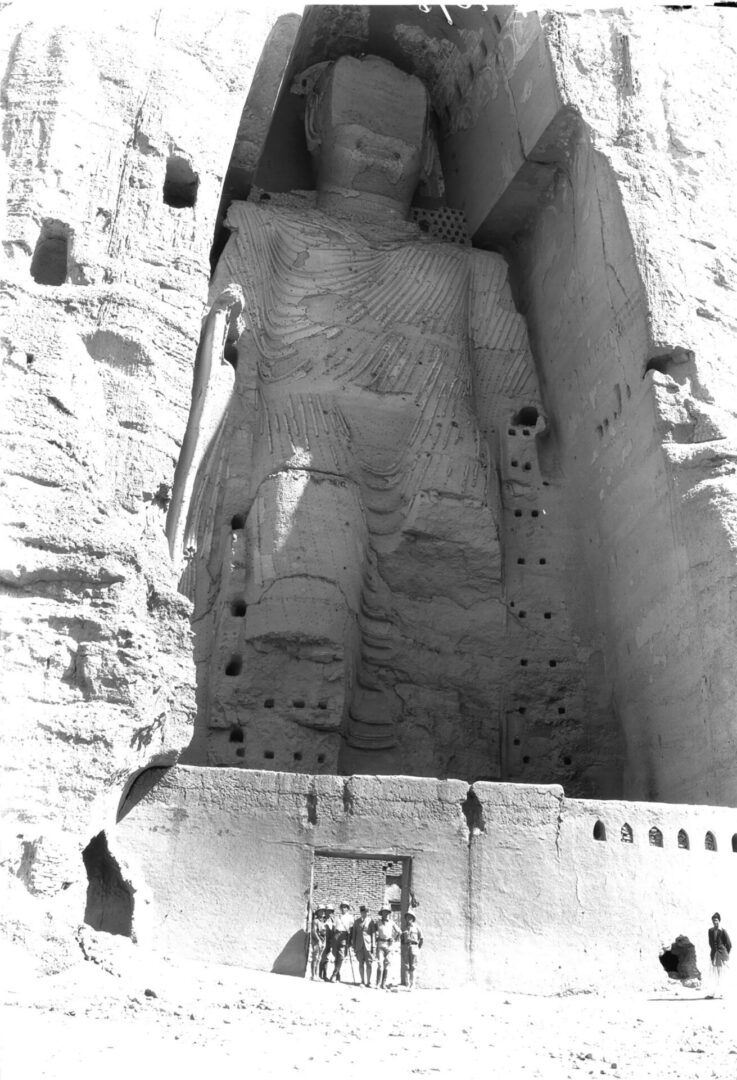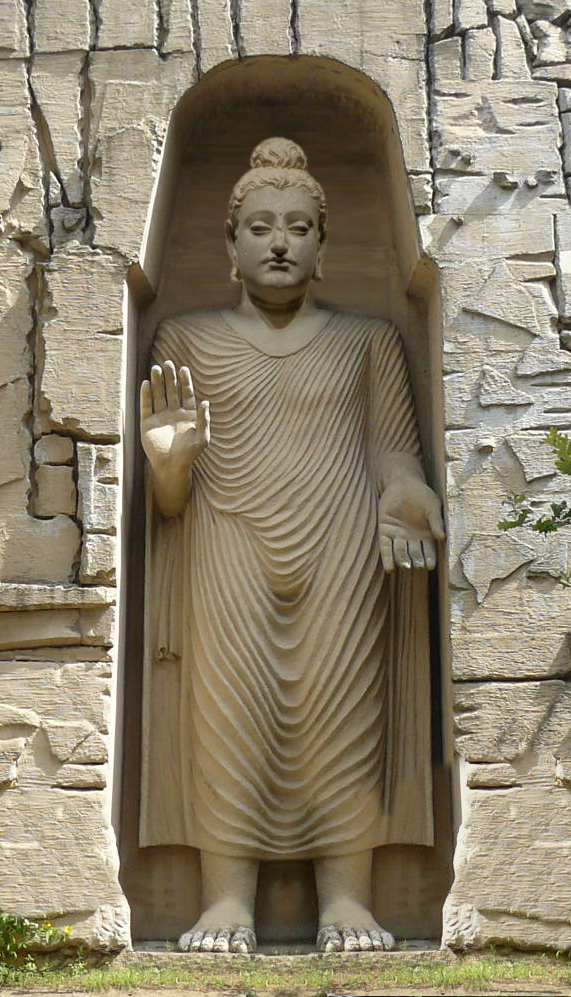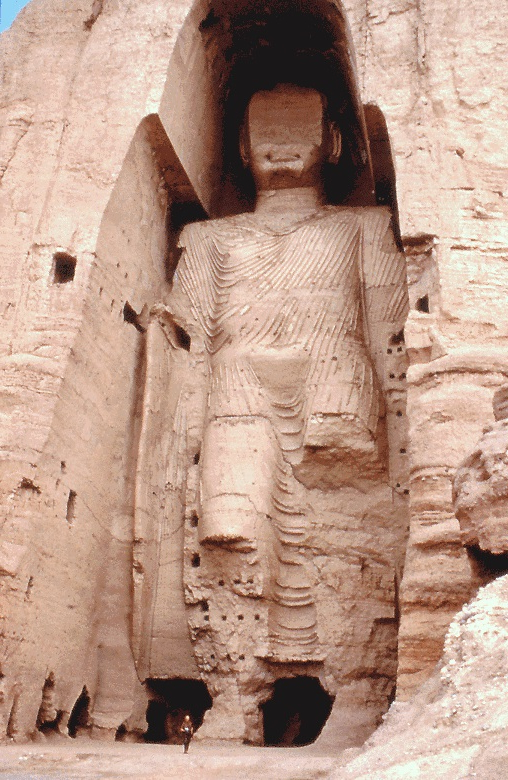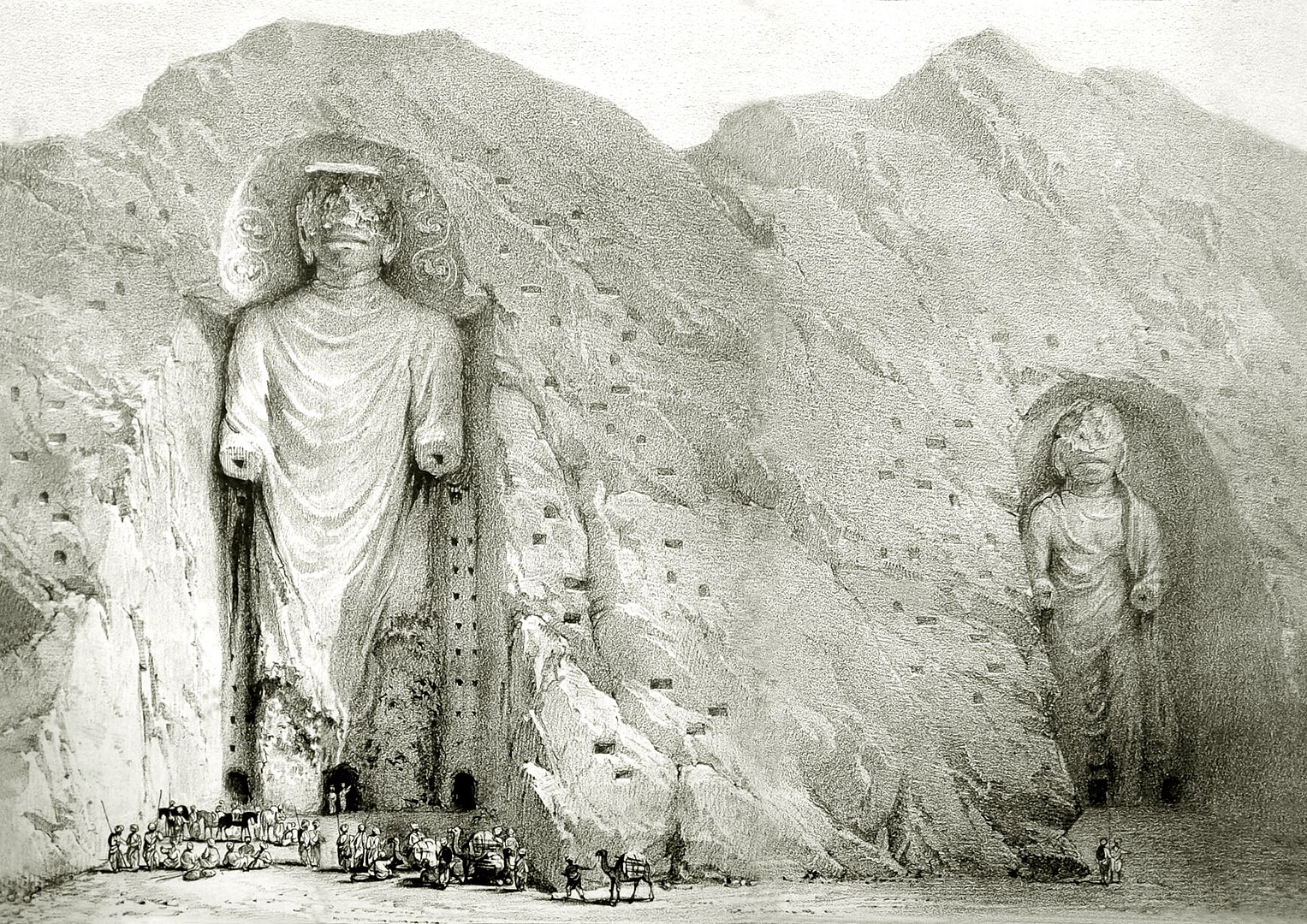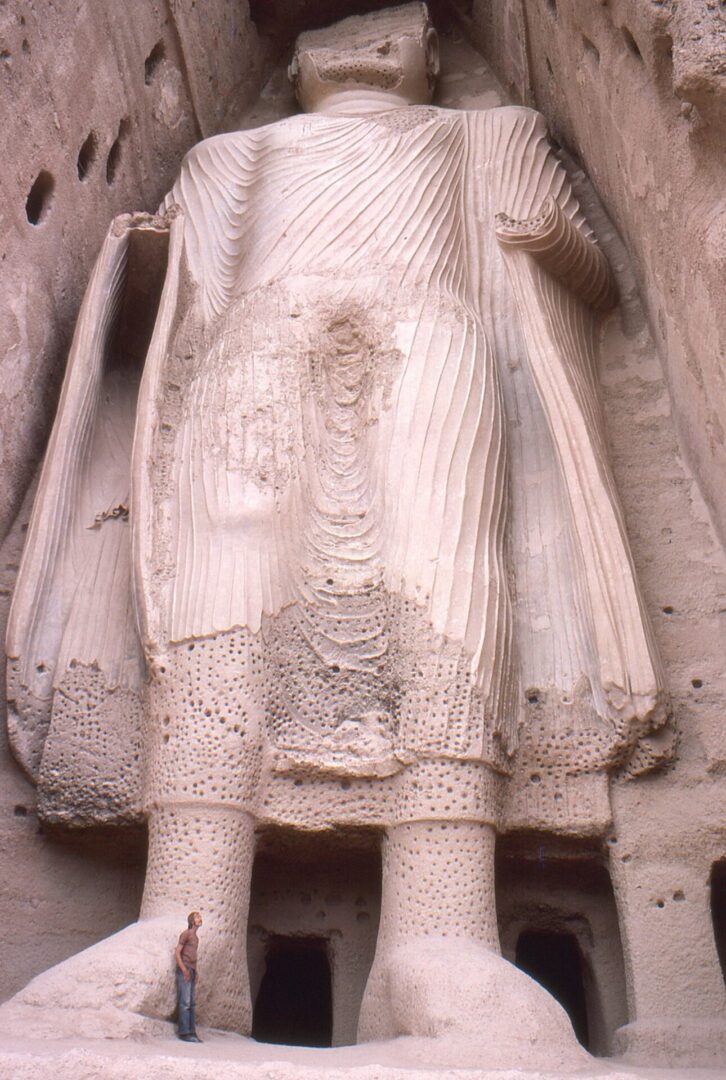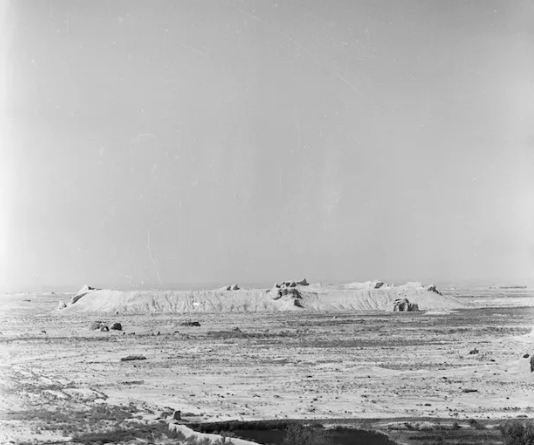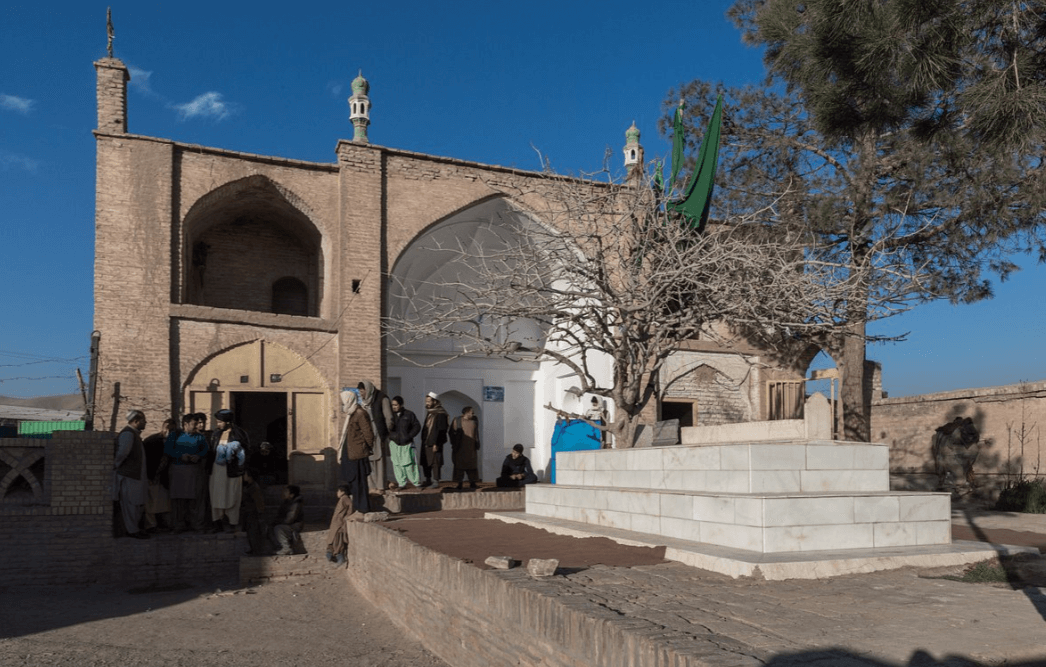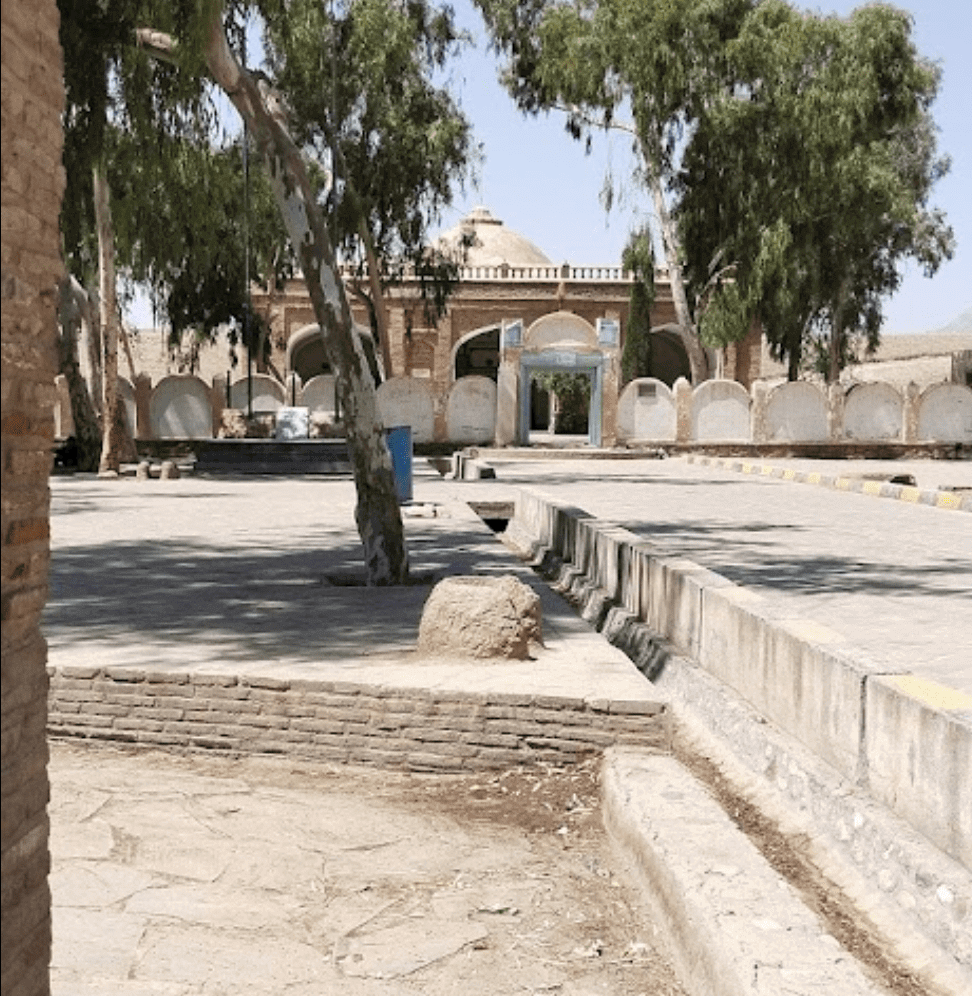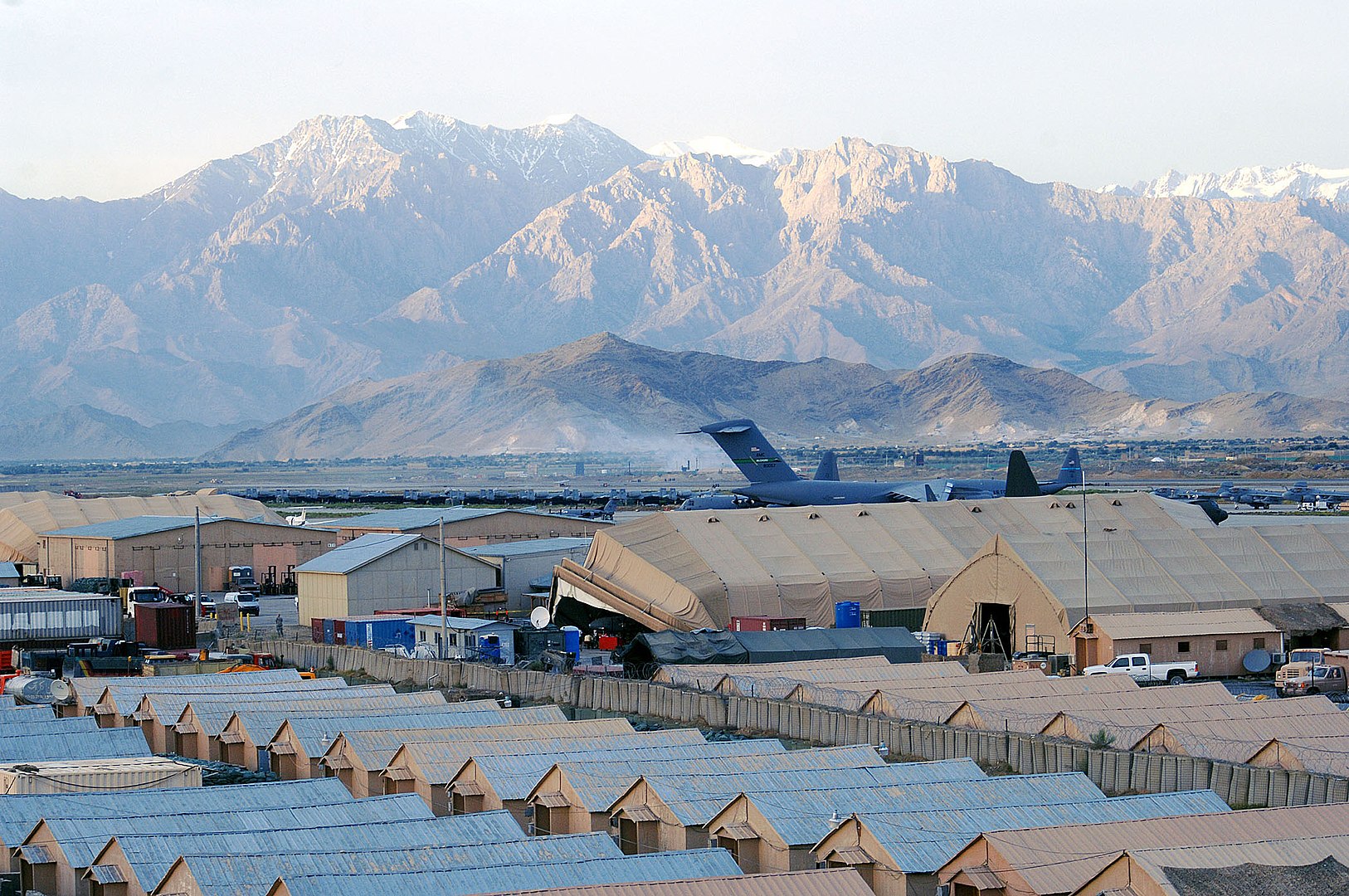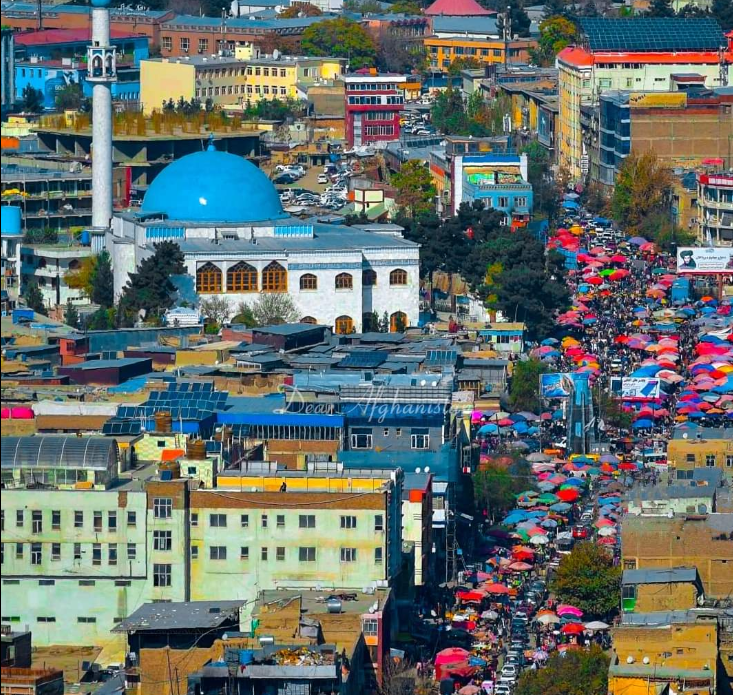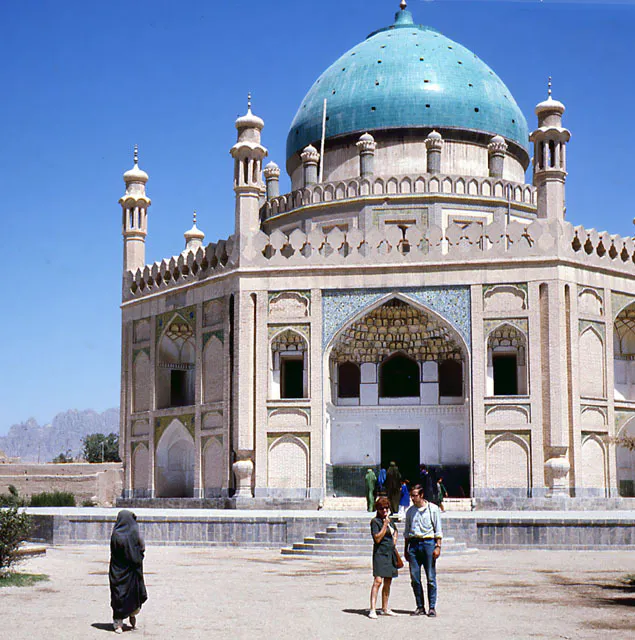Bamyan, Afghanistan
Coordinates: 34.83206, 67.82675
Introduction The Buddhas of Bamyan stand as towering symbols of Afghanistan’s rich cultural heritage and spiritual legacy. Carved into the cliffs of the Bamyan Valley, these colossal statues, along with the surrounding caves, bear witness to the region’s ancient history and enduring allure. Join us on a journey of exploration as we delve into the fascinating history and significance of the Buddhas of Bamyan and the enigmatic caves that surround them.
The History of the Buddhas of Bamyan The Buddhas of Bamyan, believed to have been constructed in the 6th century CE, are monumental statues that once graced the cliffs overlooking the Bamyan Valley. Standing at 55 and 38 meters respectively, these colossal figures were carved into the sandstone cliffs, representing the height of Gandharan Buddhist art and architecture. For centuries, they served as revered pilgrimage sites and centers of Buddhist worship, attracting pilgrims and travelers from far and wide.
The two colossal Buddhas of Bamyan were known by their respective names:
- The Larger Buddha: This Buddha statue, standing at a towering height of 55 meters, was known as “Salsal” or “Shahmama” in local Afghan folklore.
- The Smaller Buddha: The second Buddha statue, slightly smaller at 38 meters in height, was referred to as “Shamama” or “Shamama-e-Bamyan” in local traditions.
Cultural Significance The Buddhas of Bamyan hold immense cultural significance, embodying the synthesis of diverse artistic and religious influences that characterized the Gandharan region. Their construction marked the zenith of Buddhist art and architecture in Central Asia, blending elements of Indian, Greek, and Persian styles. The statues also served as symbols of religious tolerance and coexistence, as the Bamyan Valley was once a melting pot of various faiths and cultures.
Destruction and Resilience Tragically, the Buddhas of Bamyan fell victim to acts of cultural vandalism in 2001, when the Taliban regime in Afghanistan ordered their destruction. Despite international outcry and efforts to preserve these iconic landmarks, the statues were systematically dynamited, leaving behind gaping voids in the cliffs and a sense of loss that reverberated across the globe. However, amidst the ruins, the spirit of resilience and hope endures, as efforts continue to preserve the memory and legacy of the Buddhas of Bamyan for future generations.
Surrounding Caves: A Treasure Trove of History In addition to the Buddhas themselves, the surrounding caves of Bamyan Valley are steeped in history and intrigue. Carved into the cliffs by ancient inhabitants, these caves served as monastic retreats, meditation chambers, and repositories for religious artifacts. The walls are adorned with intricate frescoes, depicting scenes from Buddhist scriptures, celestial beings, and daily life in ancient Afghanistan. Each cave tells a story of devotion, creativity, and the enduring quest for spiritual enlightenment.
Preservation Efforts and UNESCO World Heritage Status In recognition of their cultural significance, the Buddhas of Bamyan and the surrounding caves were inscribed as a UNESCO World Heritage Site in 2003. This designation underscores the importance of preserving these ancient treasures for future generations and promotes efforts to safeguard their integrity and authenticity. Despite the challenges posed by conflict, natural erosion, and vandalism, ongoing conservation projects strive to protect and maintain the Buddhas and the surrounding cultural landscape.
Conclusion The Buddhas of Bamyan and the surrounding caves stand as enduring testaments to Afghanistan’s rich cultural heritage and spiritual legacy. Despite the challenges of conflict and destruction, these ancient treasures continue to captivate the imagination and inspire awe in all who visit them. As we celebrate their resilience and significance, let us also commit to preserving and protecting them for future generations to cherish and explore.
How to Get to Bamyan Visiting the Buddhas of Bamyan and the surrounding caves is a journey of discovery that takes travelers off the beaten path and into the heart of Afghanistan’s ancient history. To reach Bamyan, travelers can fly into Kabul International Airport and then take a scenic drive to Bamyan City, the provincial capital. From there, local guides and transportation can be arranged to explore the Buddhas and the surrounding caves, located approximately 11 kilometers southwest of the city center.


